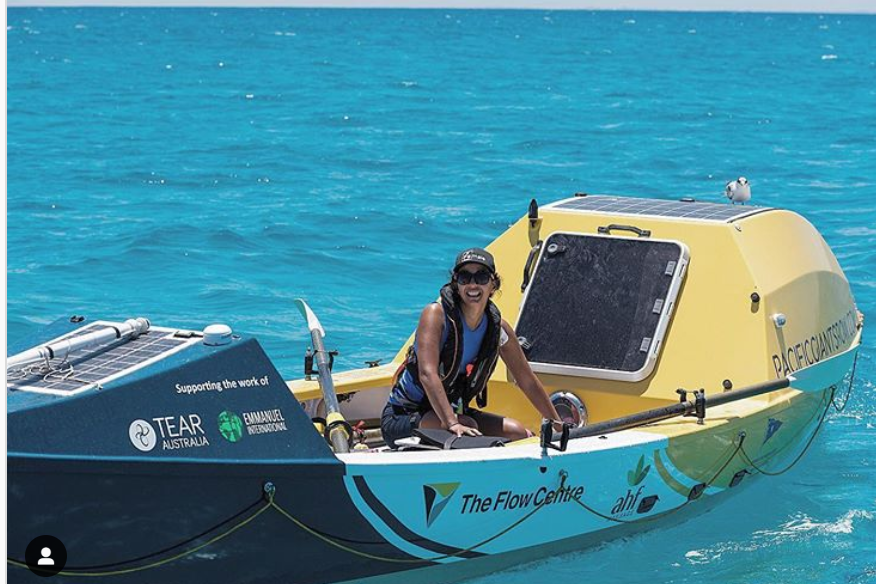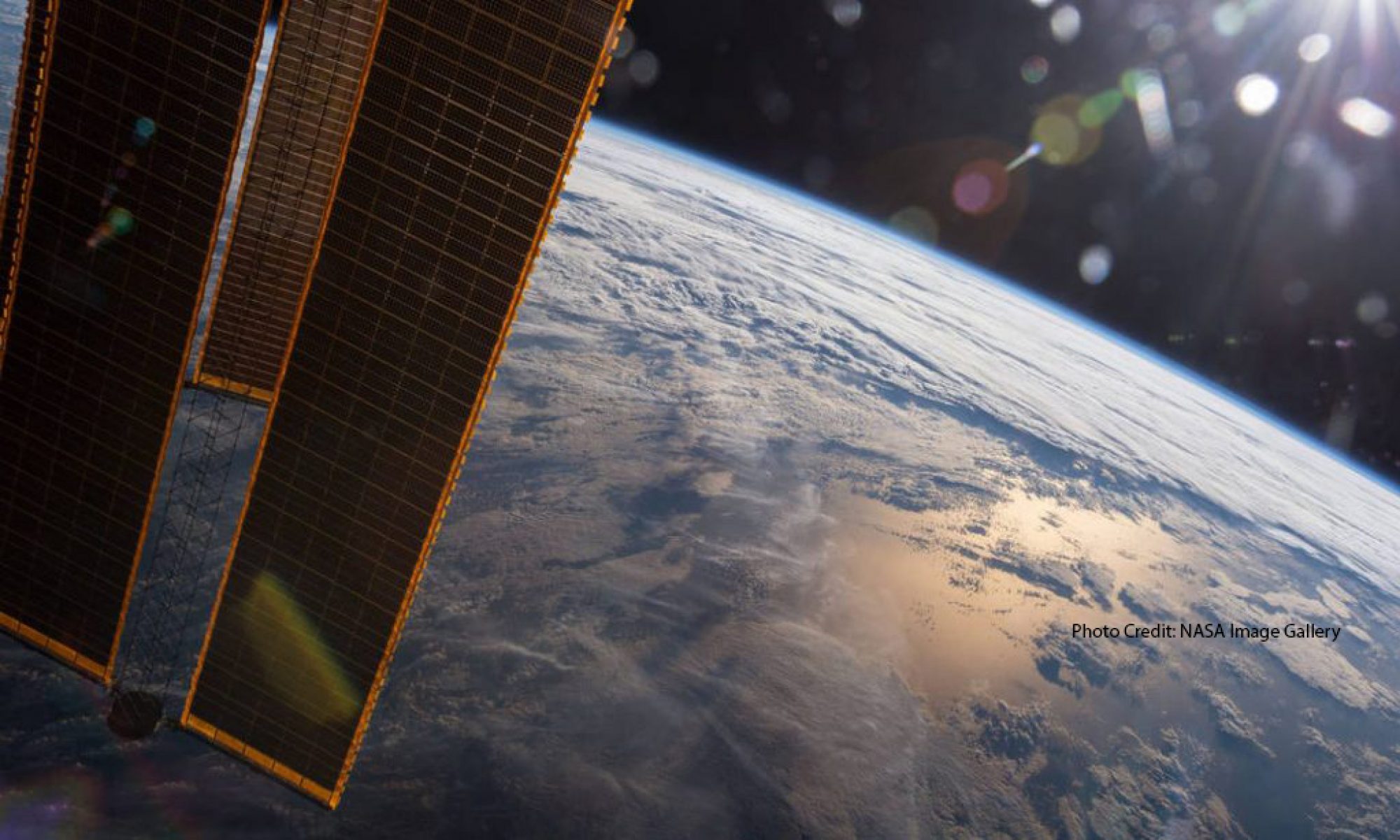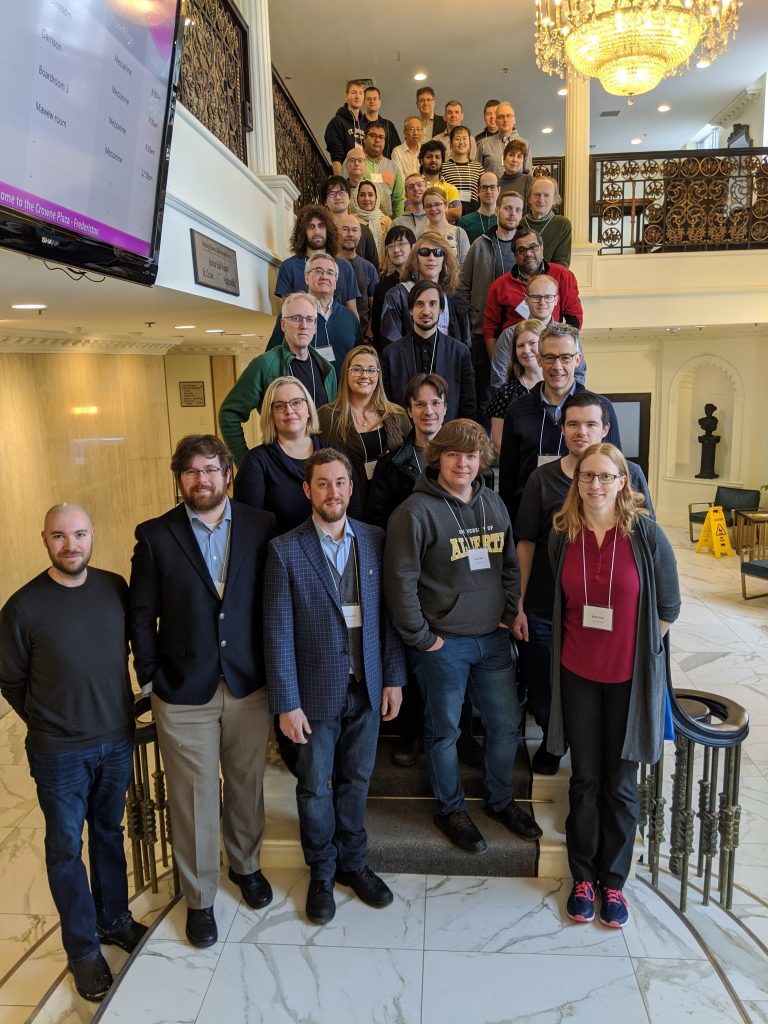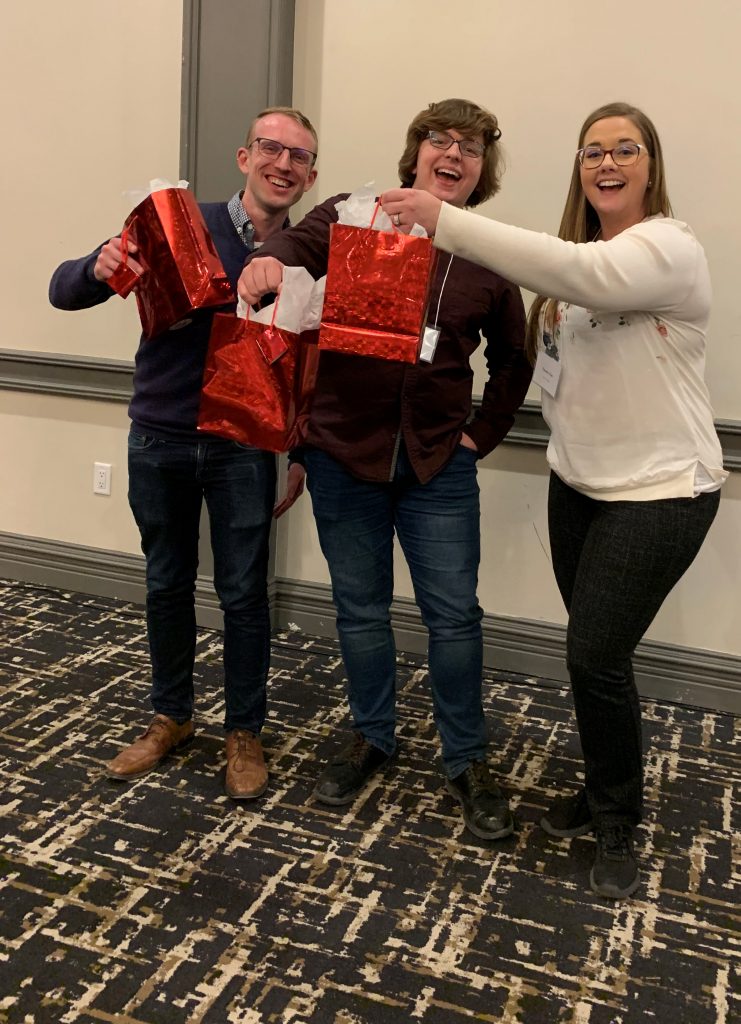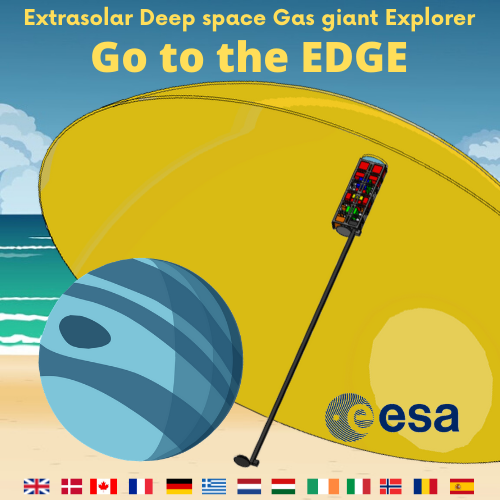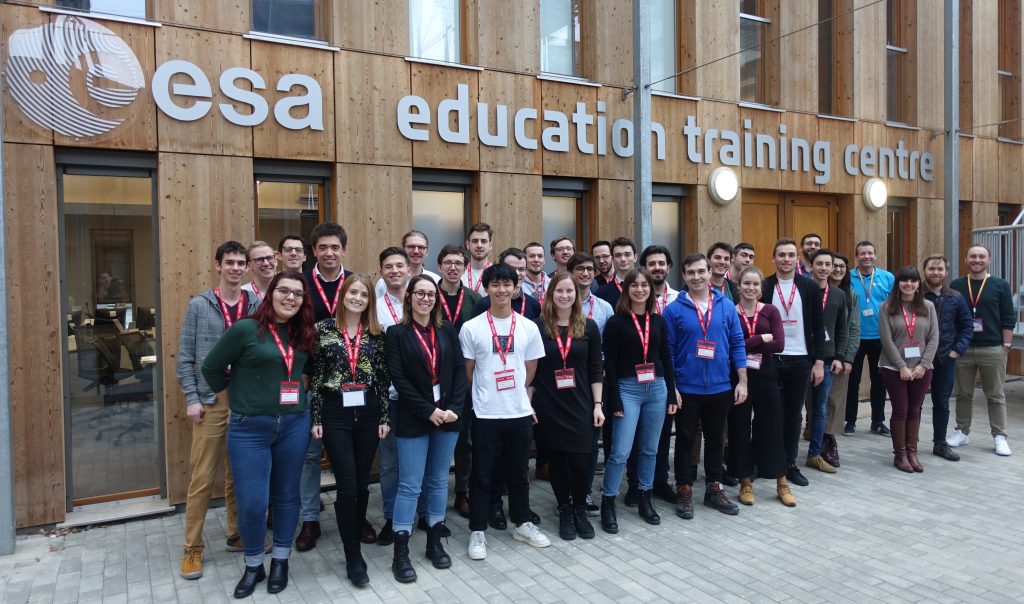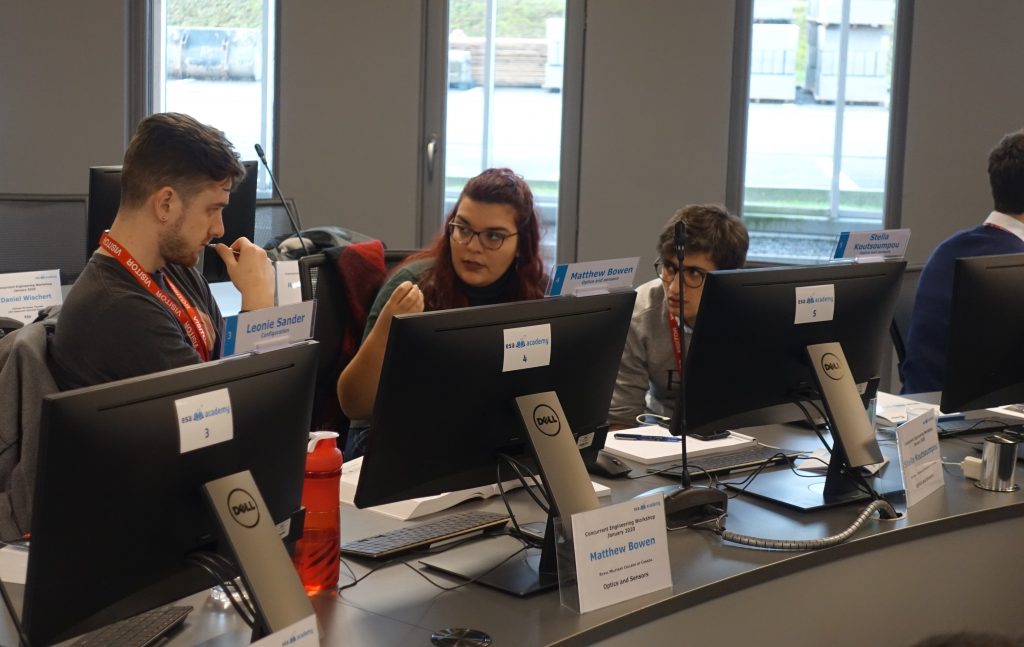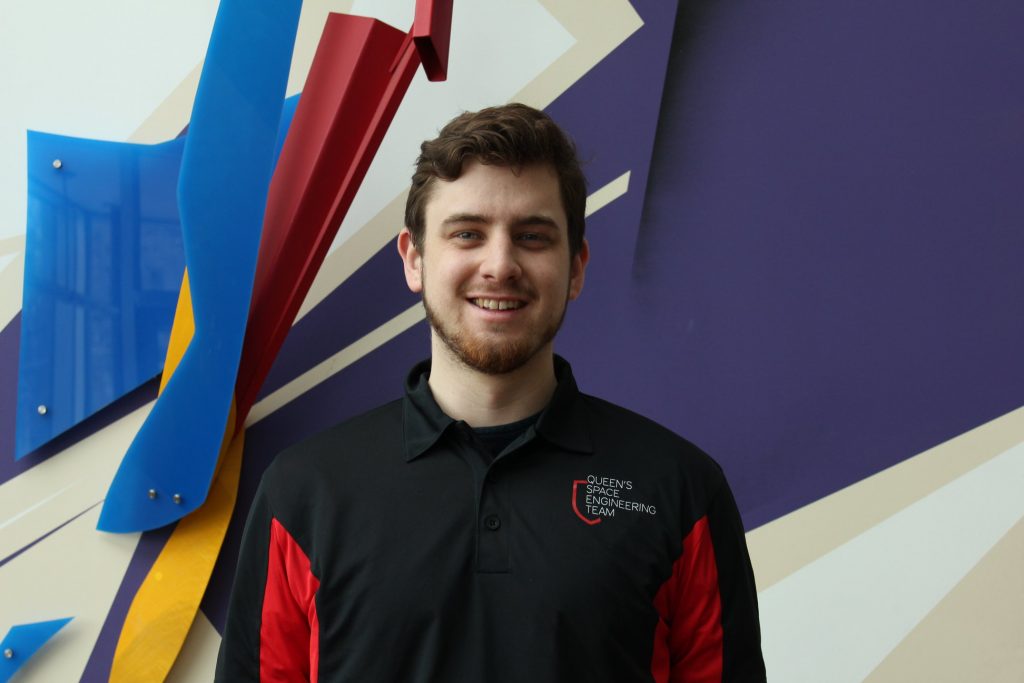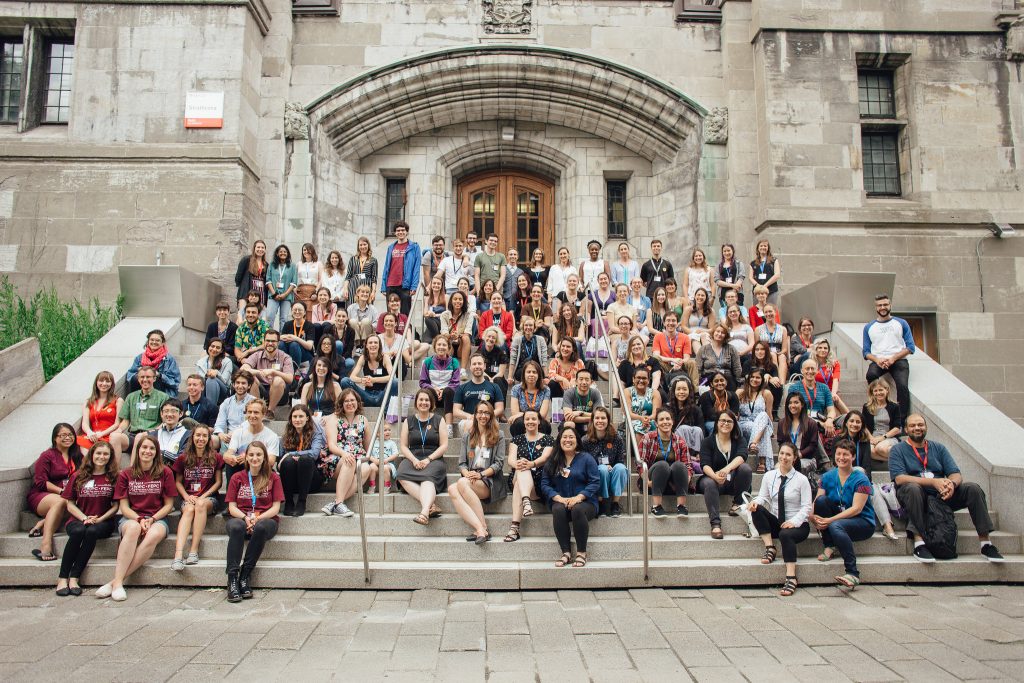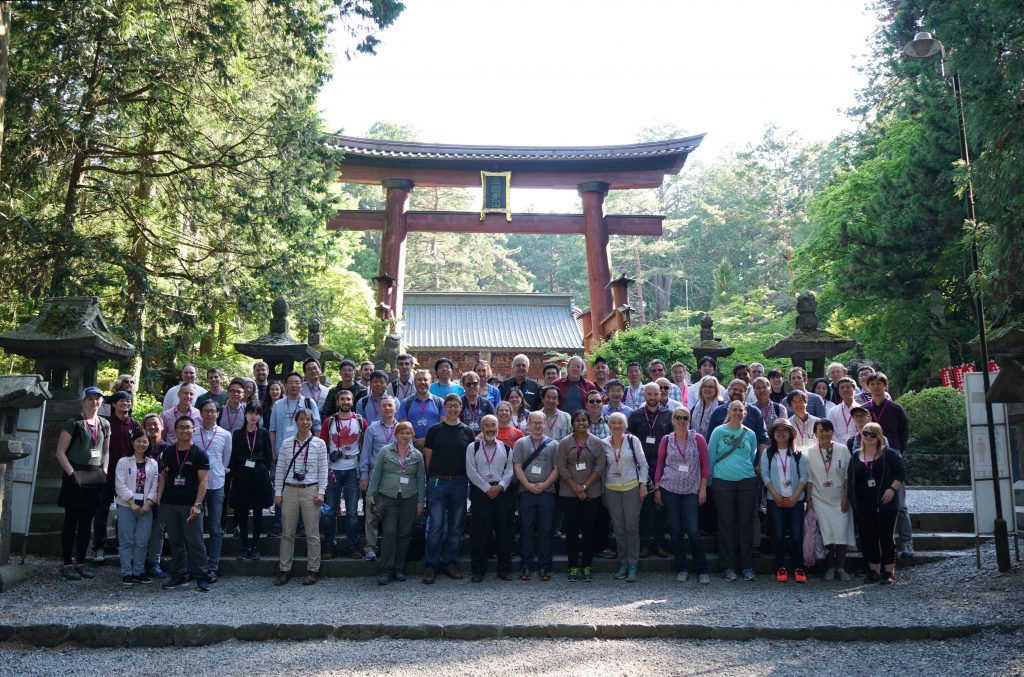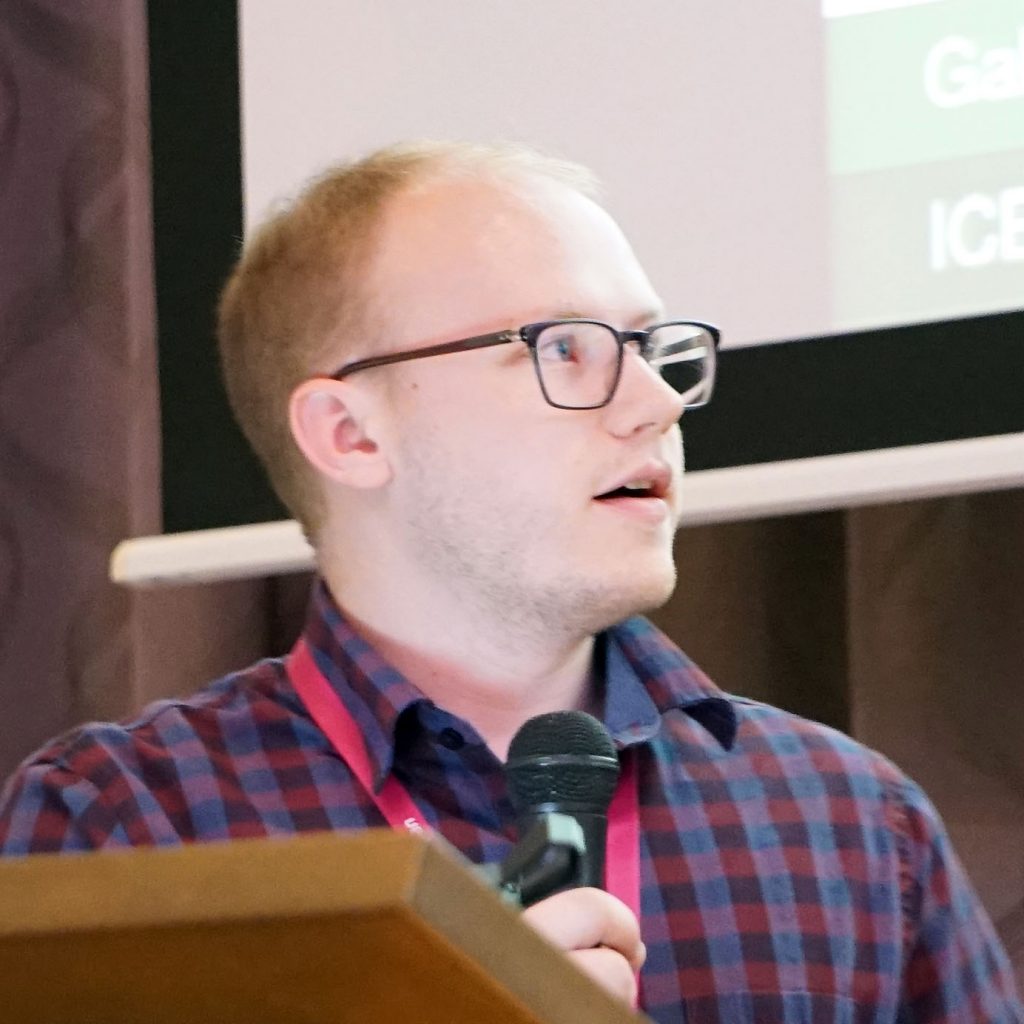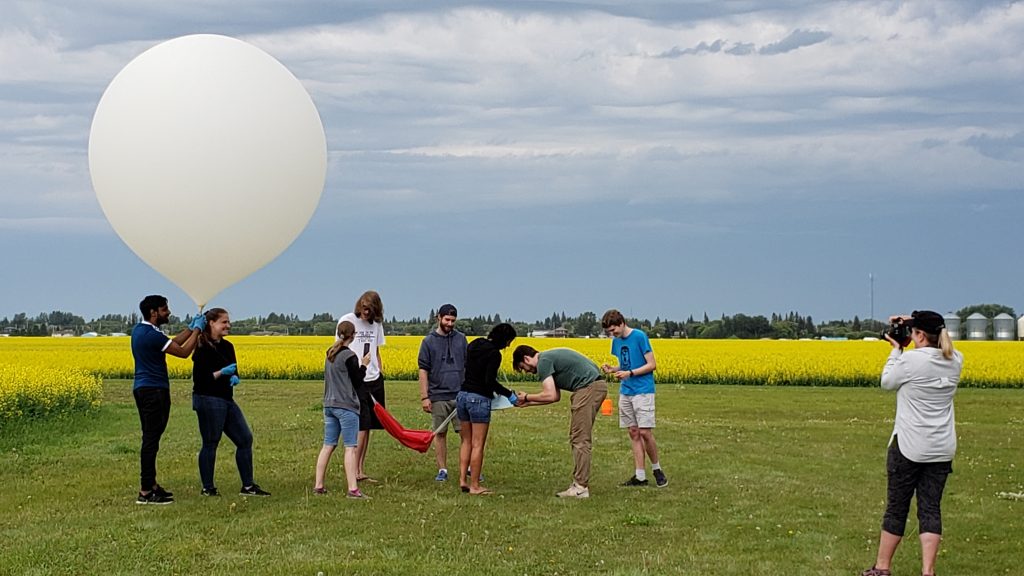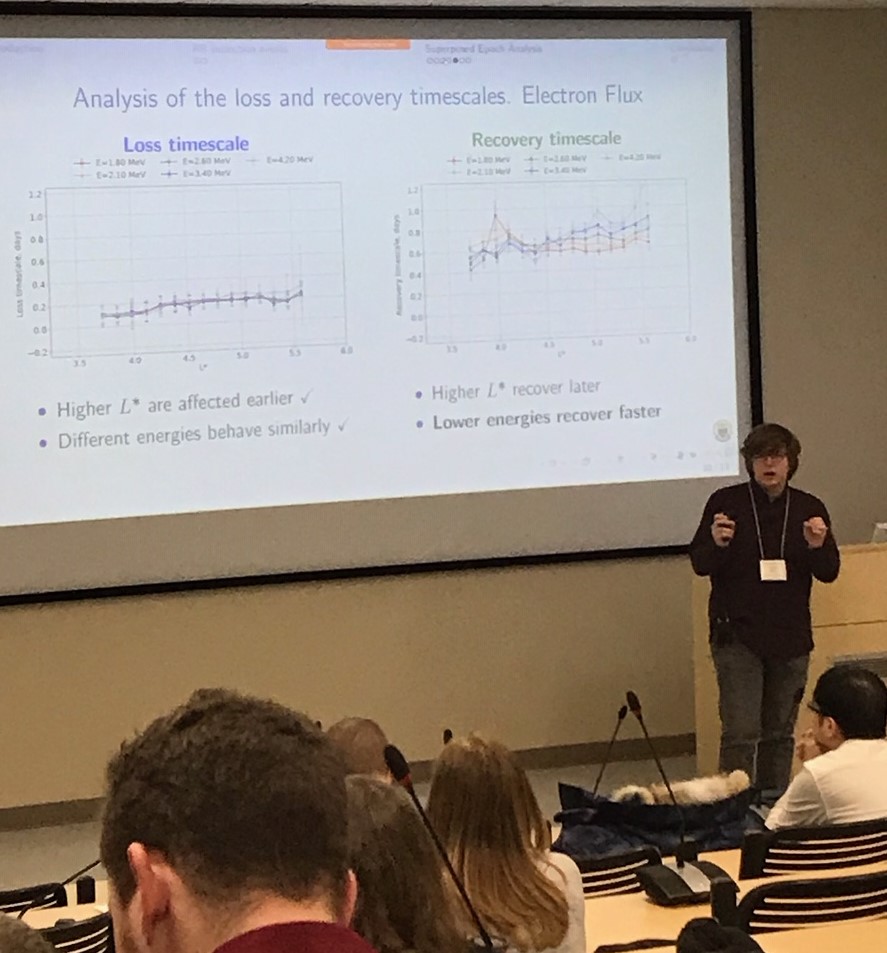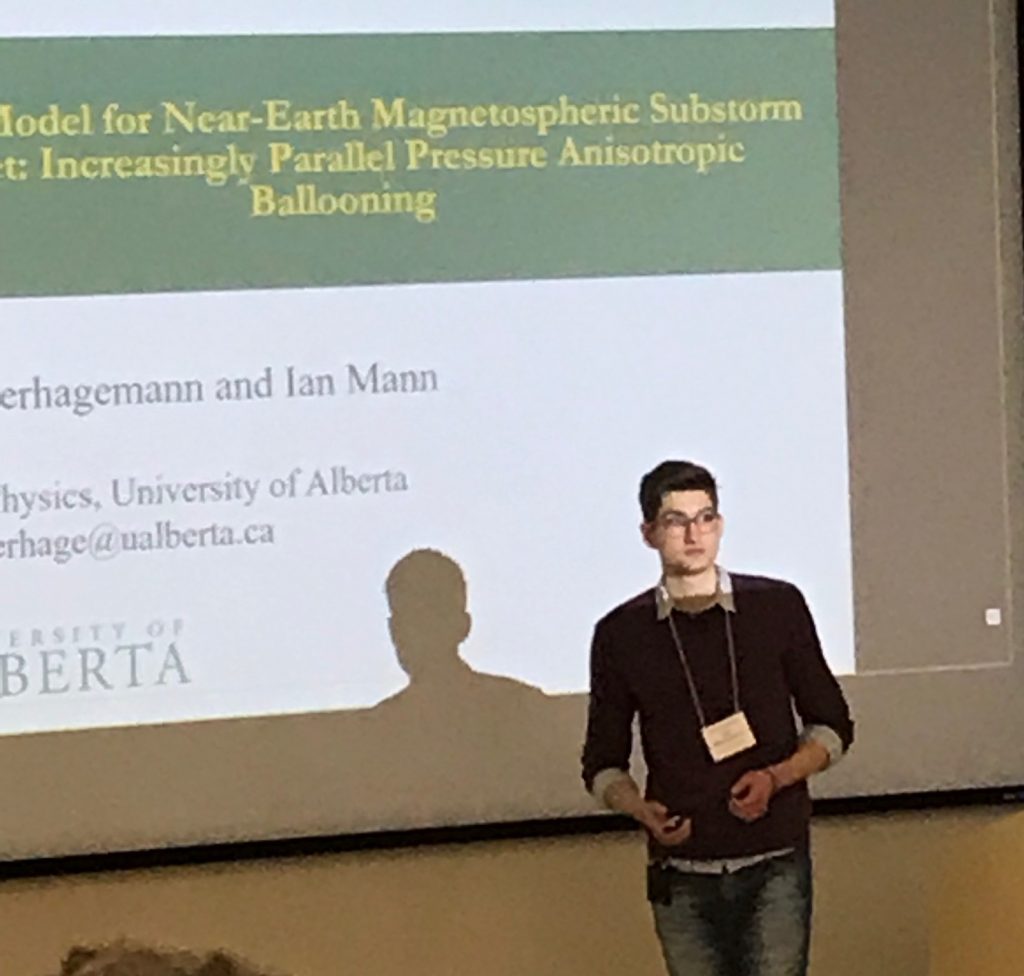The Canadian Space Weather Forecast Center (CSWFC) of Natural Resources
Canada invites applicants for a postdoctoral research position in the
area of ionospheric physics. The CSWFC plays a vital role in supporting
critical infrastructure operators and industry in protecting against and
mitigating the effects of space weather on technologies. Scientists
monitor, analyze, and research space weather and its impacts, and
dispatch warnings and alerts across Canada. The successful candidate
will join the ionospheric project within the CSWFC to work on improved
techniques for nowcasting and forecasting of high frequency radio
propagation conditions. *
**
*Qualifications and required skills: **Candidates must have successfully
completed a Ph. D. in space physics, ionospheric physics, or a similar
discipline, within the last three years. Preference will be given to
students that demonstrate experience in the application of ray tracing
techniques for modelling HF propagation, or experience in working with
absorption models and absorption measurements. Candidates must
demonstrate the ability to work both independently and in a team
environment. Candidates must have strong written communication skills,
as demonstrated through the publication of results in peer reviewed
scientific journals, and strong oral communication skills.*****
**
*Conditions of Employment: **This is a 12-month position expected to
start November 01, 2018 with a possibility of extension to March 31,
2020 located at the Geomagnetic Laboratory in Ottawa, Ontario, Canada.
Salary will follow Government of Canada standards ranging from $55870 to
$61746 Canadian dollars per year based on experience. Preference will
be given to Canadian citizens. Employment is subject to security
clearance.*
**
*Application Process*: Applicants must apply to the Government of Canada
Postdoctoral Research Program
(https://emploisfp-psjobs.cfp-psc.gc.ca/psrs-srfp/applicant/page1800?poster=785734).
In addition please submit a cover letter and full curriculum vitae (CV)
describing your education, experience, publications, awards, and any
other relevant information to:
Dr. Robyn Fiori, Ph. D.
Research Scientist, Canadian Hazard Information Service
Natural Resources Canada / Government of Canada
robyn.fiori@canada.ca / Tel: 613-837-5137
*Application Deadline:* 21 September 2018
*Number of positions available:* 1-2 positions
Robyn Fiori, Ph. D.
Scientist, Canadian Hazard Information Service
Natural Resources Canada / Government of Canada
robyn.fiori@canada.ca <mailto:robyn.fiori@canada.ca> / Tel: 613-837-5137
Scientifique, Service canadien d’information sur les risques
Ressources naturelles Canada / Gouvernement du Canada
robyn.fiori@canada.ca <mailto:robyn.fiori@canada.ca> / Tél: 613-837-5137
